A new Institute of Medicine report says NASA should use an ethics framework to determine if extended or exploratory spaceflights that do not meet current health standards are acceptable.
Apr 2nd, 2014
Read more
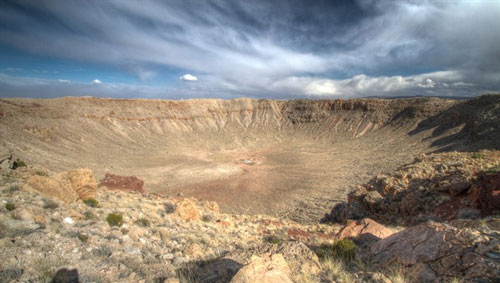 In the process of evaluating thousands of datasets from the NASA Wide-field Infrared Survey Explorer (WISE) space telescope, planetary researchers at DLR have been tracking metallic asteroids.
In the process of evaluating thousands of datasets from the NASA Wide-field Infrared Survey Explorer (WISE) space telescope, planetary researchers at DLR have been tracking metallic asteroids.
Apr 2nd, 2014
Read more
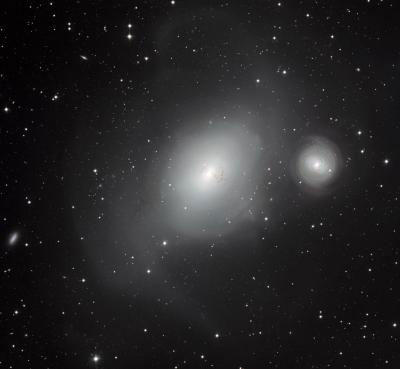 A new image from the MPG/ESO 2.2-metre telescope at ESO's La Silla Observatory in Chile shows two contrasting galaxies: NGC 1316, and its smaller neighbour NGC 1317. These two are quite close to each other in space, but they have very different histories. The small spiral NGC 1317 has led an uneventful life, but NGC 1316 has engulfed several other galaxies in its violent history and shows the battle scars.
A new image from the MPG/ESO 2.2-metre telescope at ESO's La Silla Observatory in Chile shows two contrasting galaxies: NGC 1316, and its smaller neighbour NGC 1317. These two are quite close to each other in space, but they have very different histories. The small spiral NGC 1317 has led an uneventful life, but NGC 1316 has engulfed several other galaxies in its violent history and shows the battle scars.
Apr 2nd, 2014
Read more
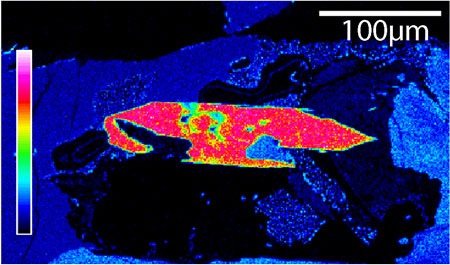 The amount of water present in the moon may have been overestimated by scientists studying the mineral apatite, researchers have discovered.
The amount of water present in the moon may have been overestimated by scientists studying the mineral apatite, researchers have discovered.
Apr 1st, 2014
Read more
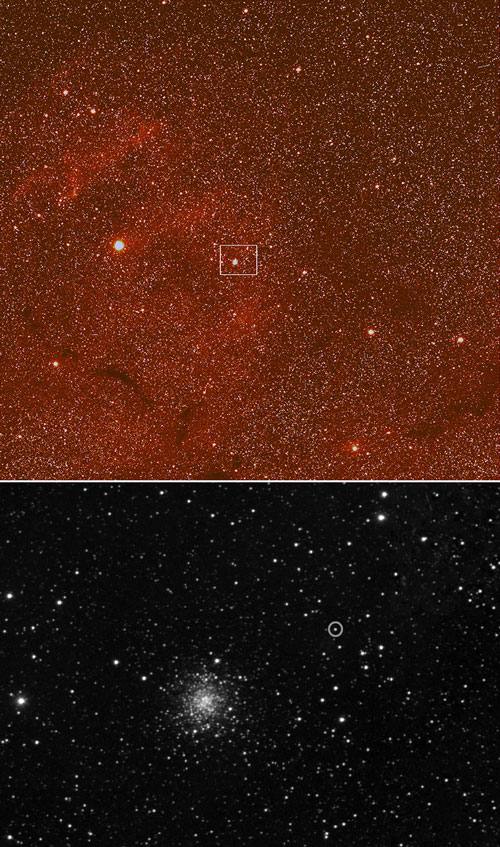 The scientific imaging system on board ESA's spacecraft Rosetta gets its first glimpse of comet Churyumov-Gerasimenko.
The scientific imaging system on board ESA's spacecraft Rosetta gets its first glimpse of comet Churyumov-Gerasimenko.
Apr 1st, 2014
Read more
New findings from a study of 12 astronauts show the heart becomes more spherical when exposed to long periods of microgravity in space, a change that could lead to cardiac problems.
Mar 31st, 2014
Read more
Scientists have developed a way of reading the universe's 'cosmic barometer' to learn more about ancient violent events in space.
Mar 31st, 2014
Read more
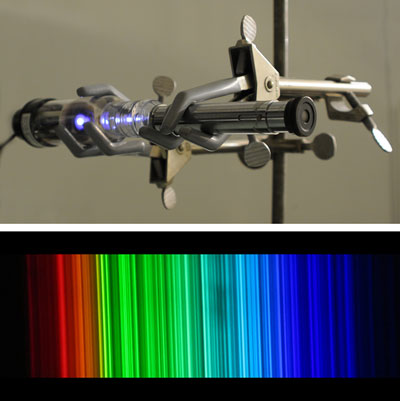 Researchers at the National Institute of Standards and Technology (NIST) have rejuvenated a technique for finding planets near distant stars. New measurements of light from special lamps could help astronomers find planets hidden in data from more than a decade's worth of extrasolar planet searches, as well as improve telescopes' current capabilities.
Researchers at the National Institute of Standards and Technology (NIST) have rejuvenated a technique for finding planets near distant stars. New measurements of light from special lamps could help astronomers find planets hidden in data from more than a decade's worth of extrasolar planet searches, as well as improve telescopes' current capabilities.
Mar 27th, 2014
Read more
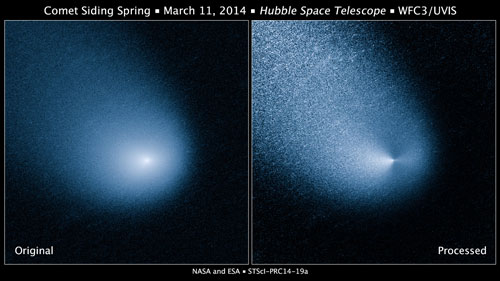 The feature should allow astronomers to measure the direction of the nucleus's pole, and hence, rotation axis.
The feature should allow astronomers to measure the direction of the nucleus's pole, and hence, rotation axis.
Mar 27th, 2014
Read more
Scientists have for the first time witnessed the mechanism behind explosive energy releases in the Sun's atmosphere, confirming new theories about how solar flares are created. New footage put together by an international team led by University of Cambridge researchers shows how entangled magnetic field lines looping from the Sun's surface slip around each other and lead to an eruption 35 times the size of the Earth and an explosive release of magnetic energy into space.
Mar 27th, 2014
Read more
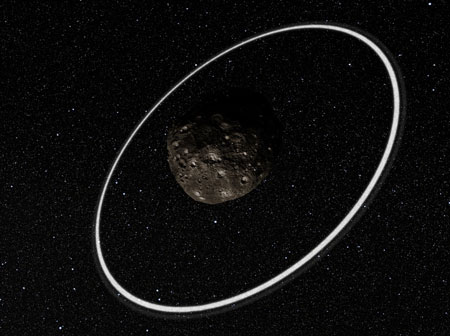 Two thin rings made of ice surround the asteroid Chariklo.
Two thin rings made of ice surround the asteroid Chariklo.
Mar 27th, 2014
Read more
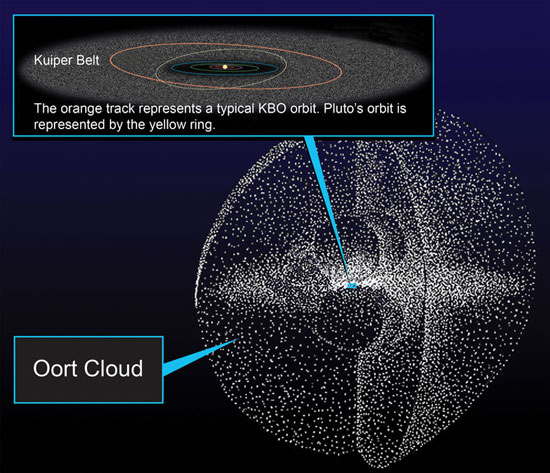 A new, planet-like body has been found on the outer edges of the solar system. This object is the second body of its class found since the identification of the dwarf planet Sedna in 2003. It joins an exclusive club composed of some of the strangest objects in the solar system.
A new, planet-like body has been found on the outer edges of the solar system. This object is the second body of its class found since the identification of the dwarf planet Sedna in 2003. It joins an exclusive club composed of some of the strangest objects in the solar system.
Mar 26th, 2014
Read more
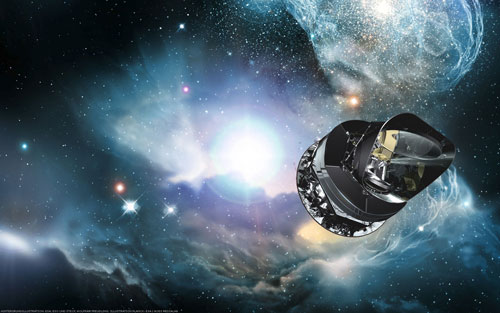 Quintessence and phantom fields, two hypotheses formulated using data from satellites, such as Planck and WMAP, are among the many theories that try to explain the nature of dark energy. Now researchers suggest that both possibilities are only a mirage in the observations and it is the quantum vacuum which could be behind this energy that moves our universe.
Quintessence and phantom fields, two hypotheses formulated using data from satellites, such as Planck and WMAP, are among the many theories that try to explain the nature of dark energy. Now researchers suggest that both possibilities are only a mirage in the observations and it is the quantum vacuum which could be behind this energy that moves our universe.
Mar 26th, 2014
Read more
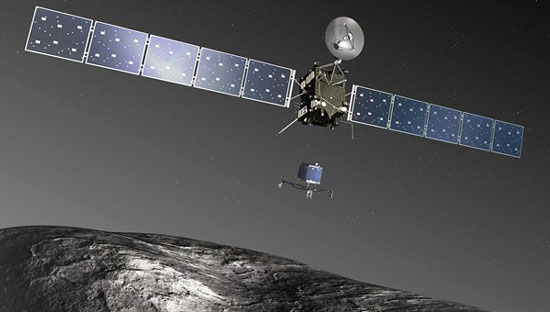 A rocket launch in March 2004, multiple swing-bys past Earth and Mars, high-speed fly-bys of asteroids Steins and Lutetia - after all this, the Philae lander on board ESA's Rosetta spacecraft, which is en route to Comet 67P/Churyumov-Gerasimenko, is in good shape.
A rocket launch in March 2004, multiple swing-bys past Earth and Mars, high-speed fly-bys of asteroids Steins and Lutetia - after all this, the Philae lander on board ESA's Rosetta spacecraft, which is en route to Comet 67P/Churyumov-Gerasimenko, is in good shape.
Mar 26th, 2014
Read more
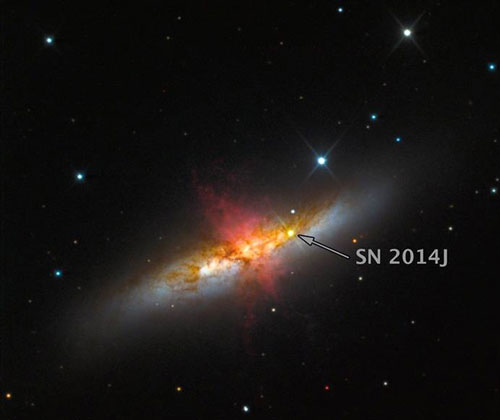 Researcher have intently studied the closest type Ia supernova discovered in a generation. The proximity to Earth could yield better understanding of this particular type of supernova that astronomers use to gauge distances in the universe and learn about its expansion history.
Researcher have intently studied the closest type Ia supernova discovered in a generation. The proximity to Earth could yield better understanding of this particular type of supernova that astronomers use to gauge distances in the universe and learn about its expansion history.
Mar 25th, 2014
Read more
F-type stars, more massive and hotter than our sun, warrant more consideration as spots to look for habitable planets, according to a newly published study that also examined potential damage to DNA from UV radiation.
Mar 25th, 2014
Read more
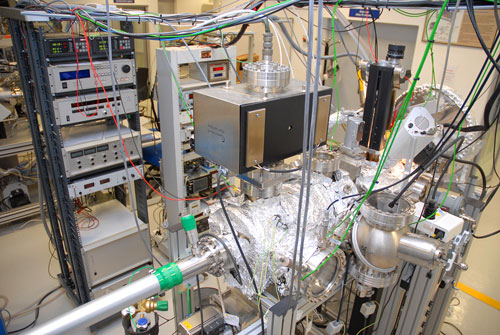 Researchers in Spain have designed a vacuum chamber capable of mimicking conditions on Mars to test gear for use in future missions.
Researchers in Spain have designed a vacuum chamber capable of mimicking conditions on Mars to test gear for use in future missions.
Mar 25th, 2014
Read more
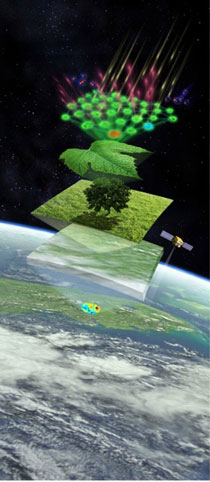 New research reveals a fundamentally new approach for measuring photosynthetic activity as it occurs around the planet.
New research reveals a fundamentally new approach for measuring photosynthetic activity as it occurs around the planet.
Mar 25th, 2014
Read more

 Subscribe to our Space Exploration News feed
Subscribe to our Space Exploration News feed











